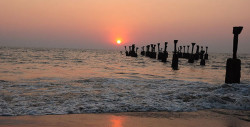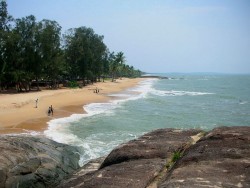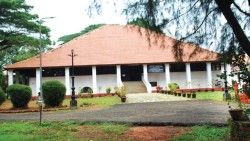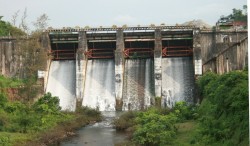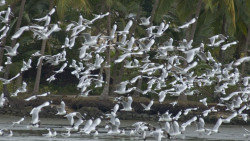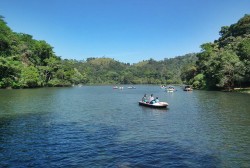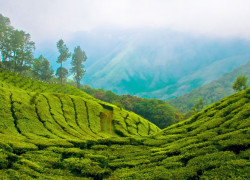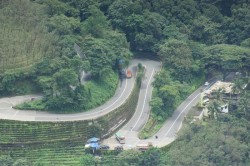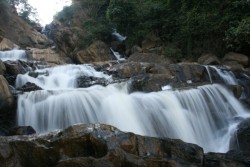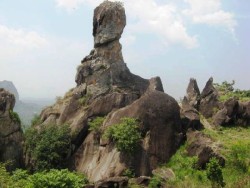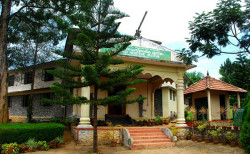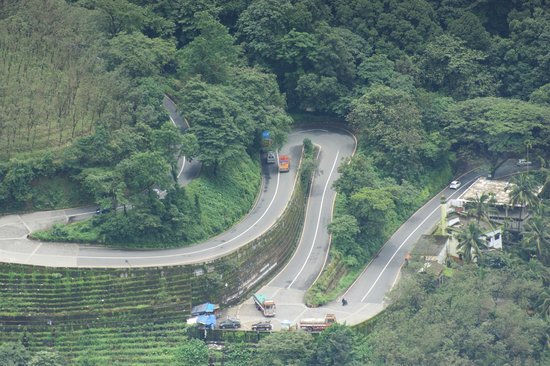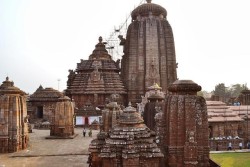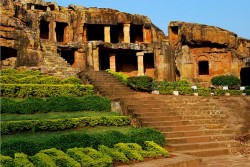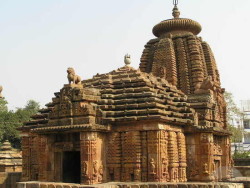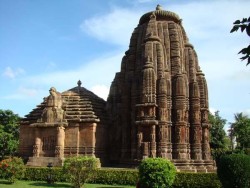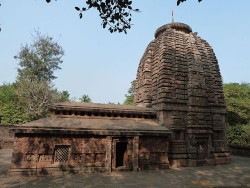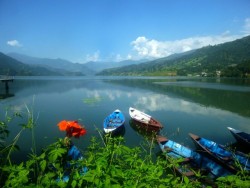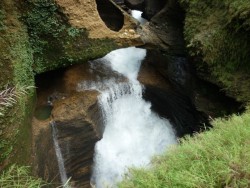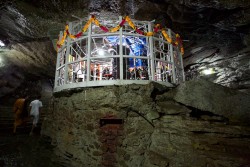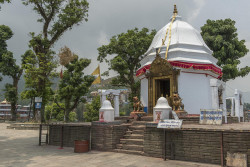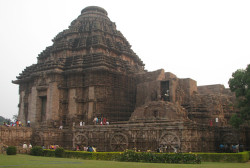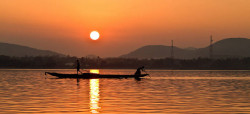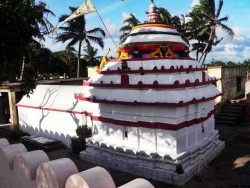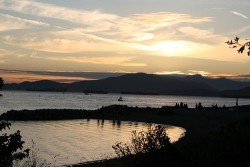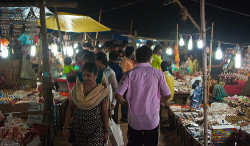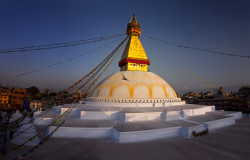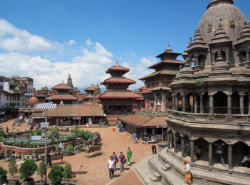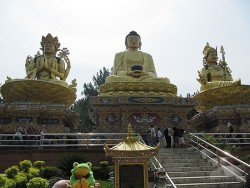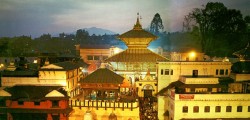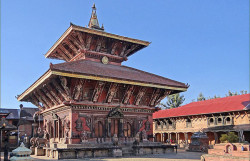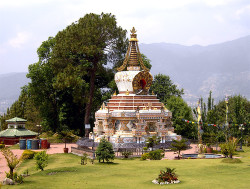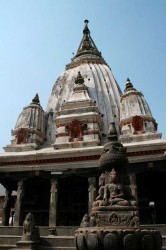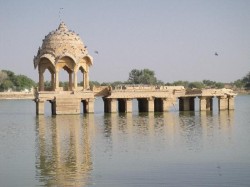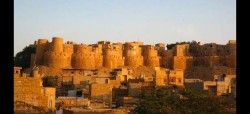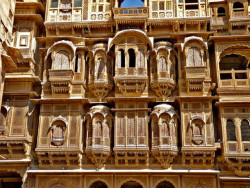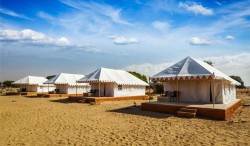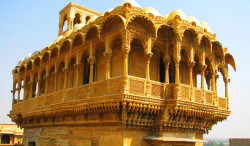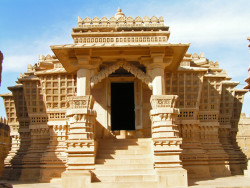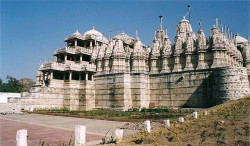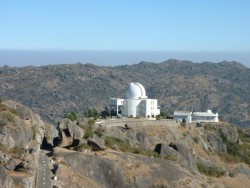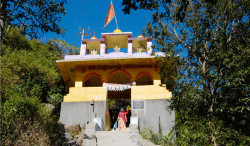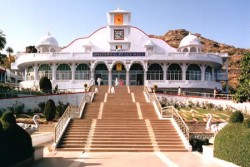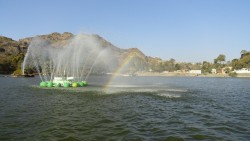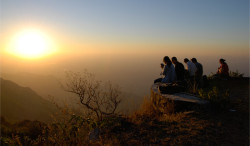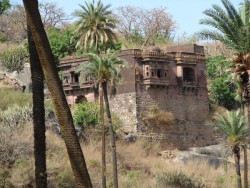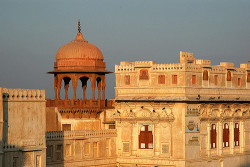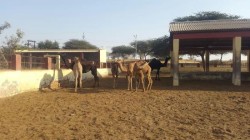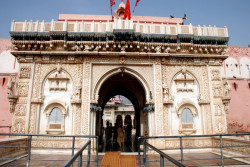Nuwara Eliya Sightseeing
|
Nuwara Eliya : Nuwara Eliya (City of Lights) is a resort city in the Central Mountain Range of Sri Lanka. Blessed a with salubrious climate, breathtaking views of valleys, meadows, mountains and greenery; it’s hard to imagine that Nuwara Eliya is only 180 Km from the hot and humid Colombo. Nuwara Eliya, also known as ‘Little’ England’, was the favorite hill station of the British who tried to create the resort into a typical English Village. |
|
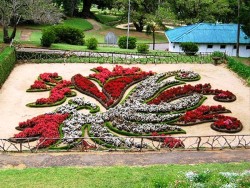 |
#Hakgala Botanical Garden (Ashok Vatika) Hakgala Botanical Garden is one of the five botanical gardens in Sri Lanka. It is the second largest garden in Sri Lanka. The garden is contiguous to Hakgala Strict Nature Reserve.The garden has a cool temperate climate because of altitude is 5,400 feet above the sea level.There are over 10,000 species of flora planted here and during the Spring season in Nuwara Eliya thousands of visitors come to see the blooms here. The garden is famous for number of species of Orchids and Roses are planted there. |
| #Seetha Amman Temple Seetha Amman Temple is located in the village of Seetha Eliya (also known as Sita Eliya). This place is believed to be the site where Sita was held captive demon king Ravana, and where she prayed daily for Rama to come and rescue her in the Hindu epic, Ramayana. On the rock face across the stream are circular depressions said to be the footprints of Ravana’s elephant. |
 |
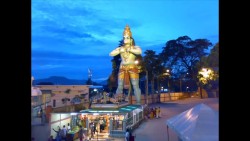 |
#Anjaneyar Temple This is the first Anjaneyar Temple in Sri Lanka and also the only Panchamuga (five faced) Anjaneyar Temple in Sri Lanka. Its the only temple in the world to have a chariot for Anjanyear. The chariot festival is held annually end Dec/ beginning of January. |
| #Play Golf at Nuwara Eliya The venue for many tournaments, this course is challenging and exciting, with many characteristics and distinctive natural elements that golfers should watch out for. The weather and scenic surroundings will make your entire sojourn peaceful and happy, more so since the Club offer accommodation and all modern amenities along with great service always accompanied by a smile. |
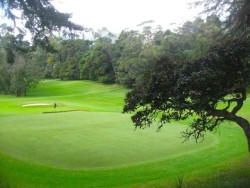 |







